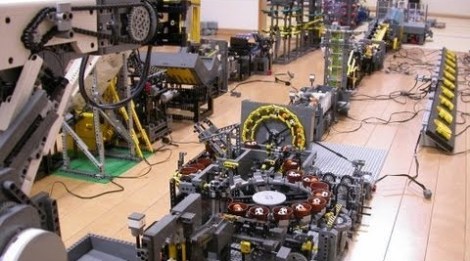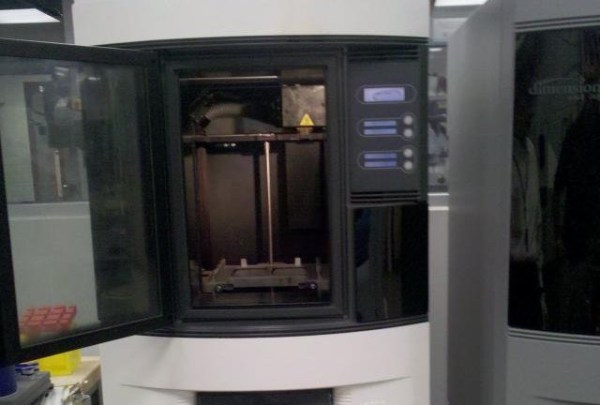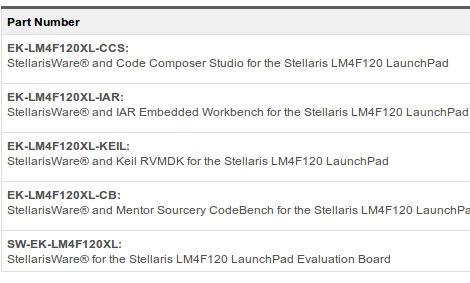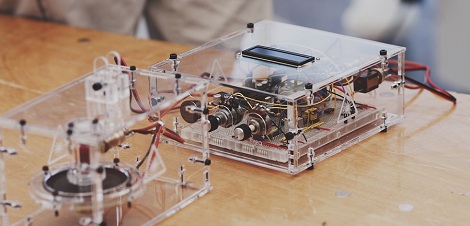
Looking at this 17-stage Great Ball Contraption makes us think that [Skiyuky] should be working in industrial automation. The build, which has been assembled from an untold volume of LEGO parts, moves a reservoir of round plastic balls around a circuit. Each module exhibits a different mechanical way of handling the parts. It’s certainly not the first GBC we’ve seen, but the previous offering combined stages from many different makers. [Skiyuky] built this one all himself over the last two years.
The video after the break starts off at the main depository of tiny soccer and basketballs. To help illustrate how long it takes to move around the entire circuit [Skiyuky] adds a red and blue ball which are both easy to spot. From there it’s a Willy Wonky type of ride through all manner of contraptions. We’re struck by accuracy and efficiency with which all of the stages operate.
Continue reading “17-stage Great Ball Contraption Must Use All The LEGO Pieces”
















